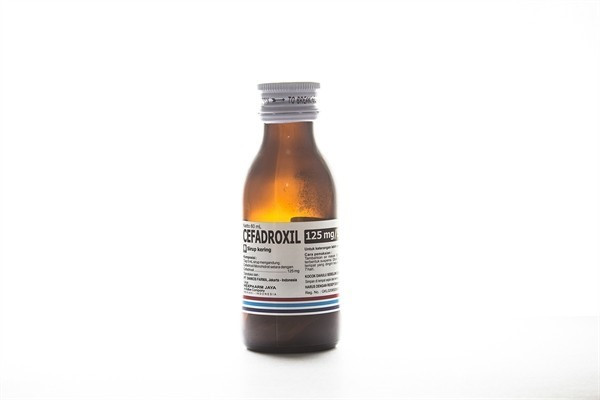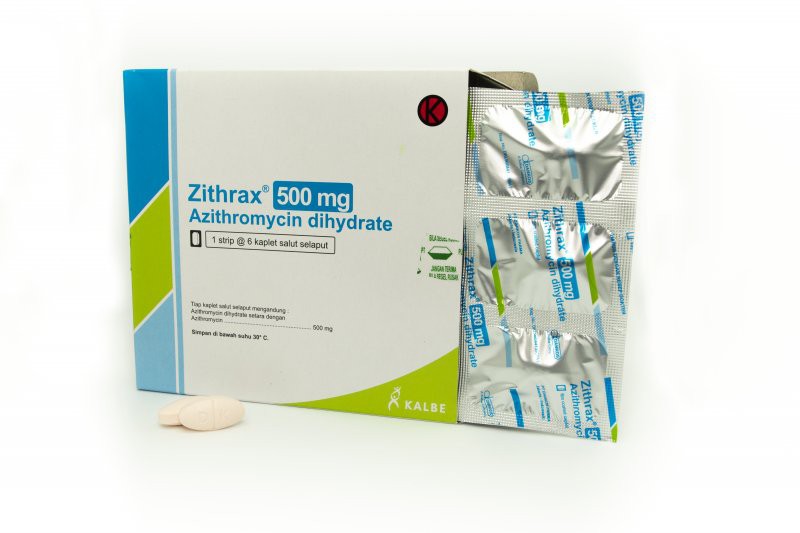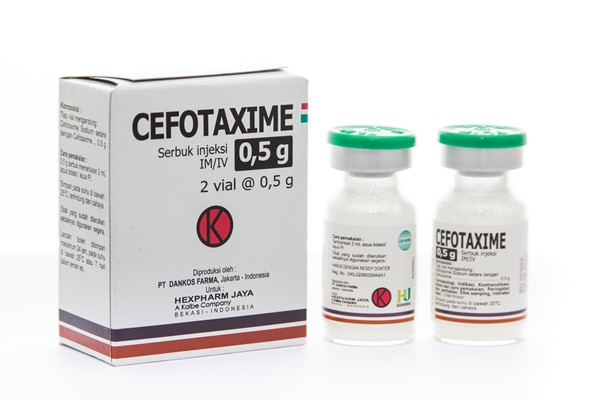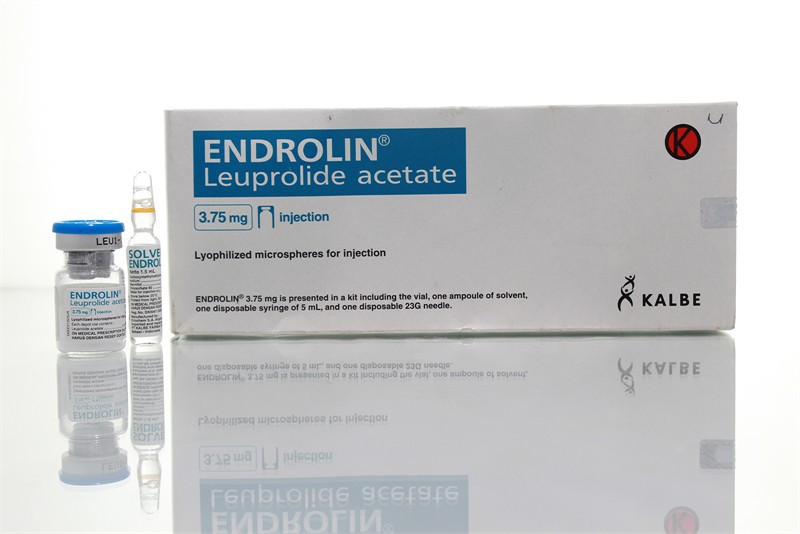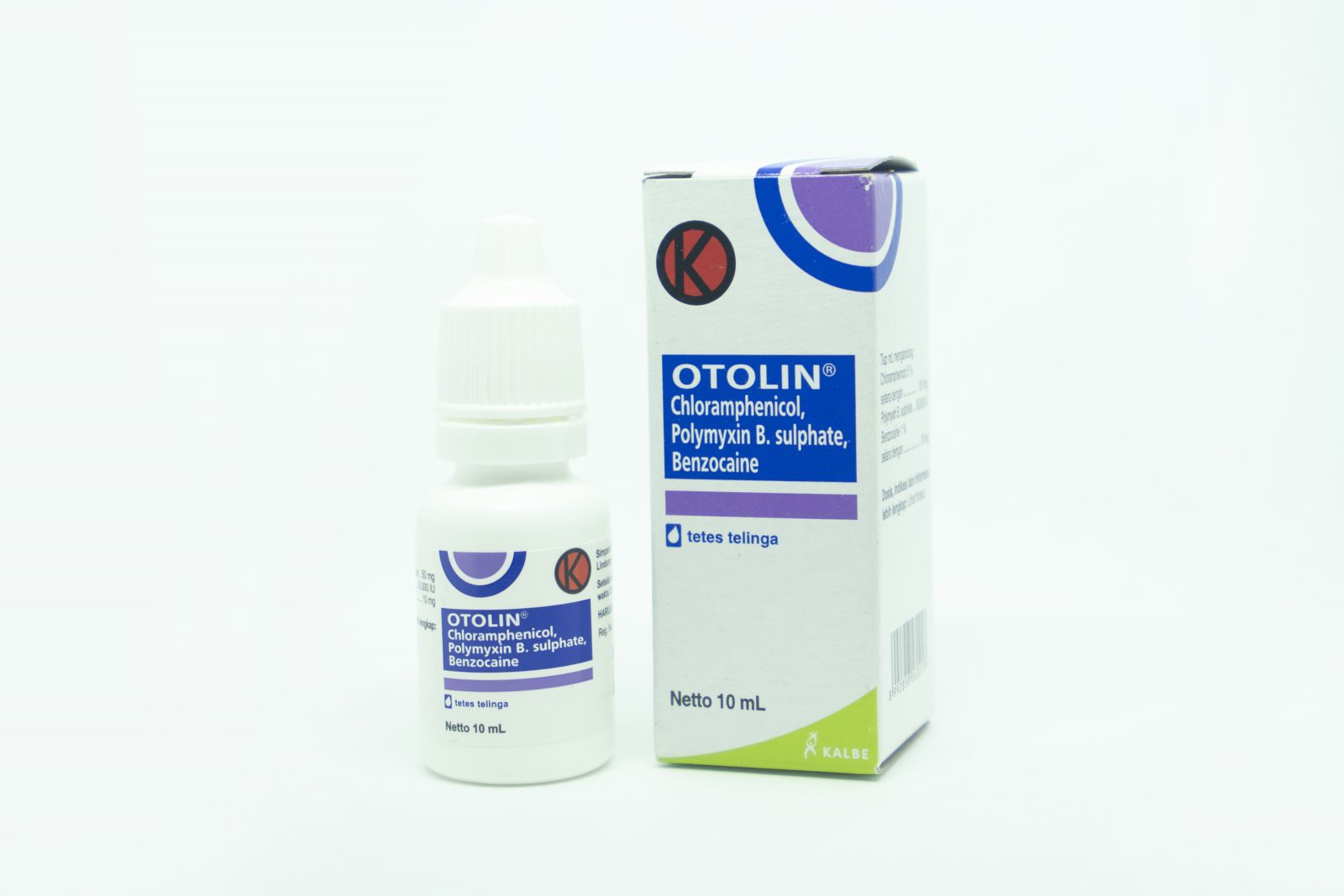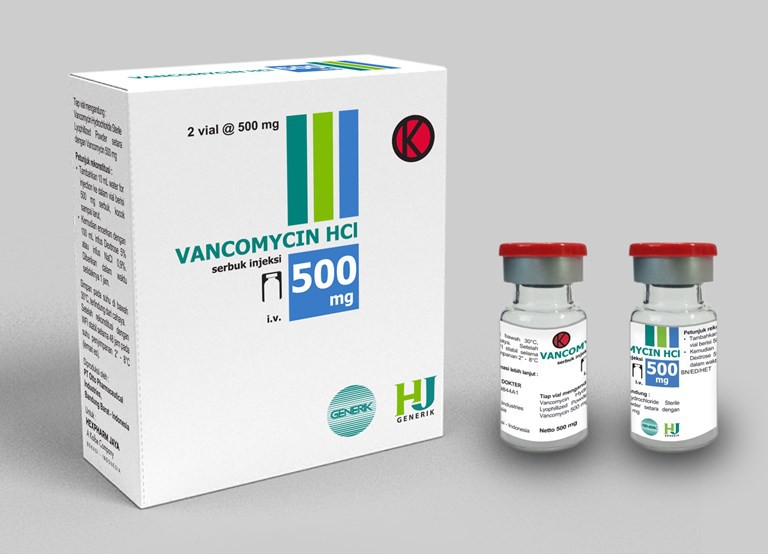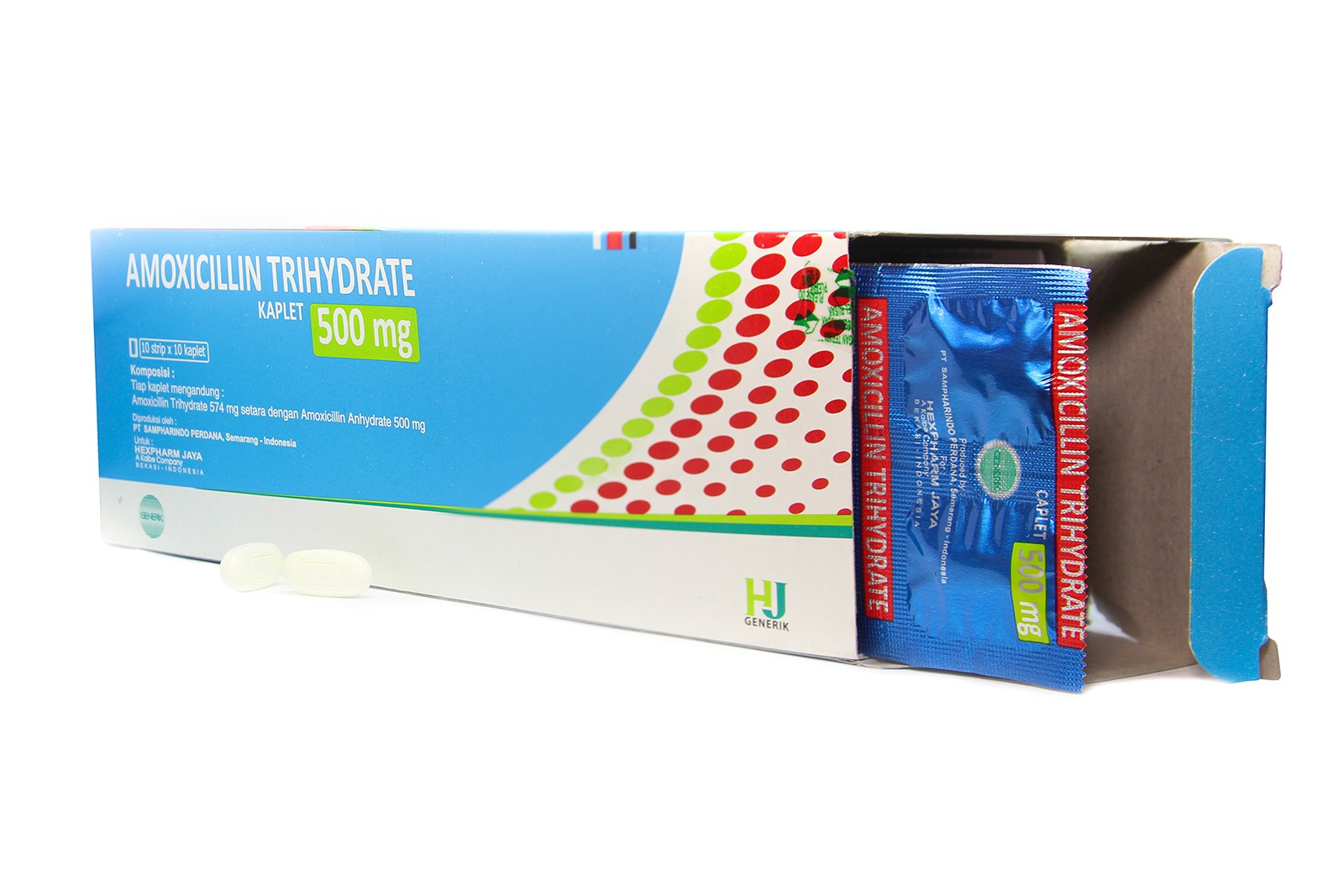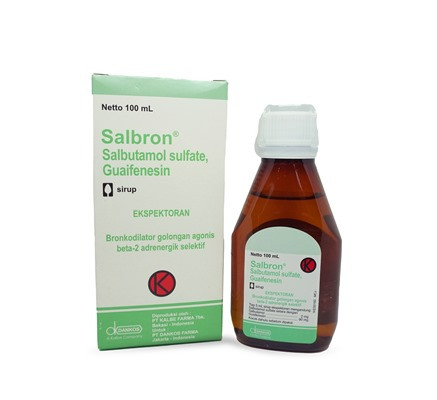
The lungs are the internal organs most susceptible to infection and injury due to external exposure, such as particles, chemicals, and infectious microorganisms. The five respiratory diseases that cause the highest morbidity and mortality rates in the world are chronic obstructive pulmonary disease (COPD), asthma, lower respiratory tract infections (ARI), tuberculosis (TB), and lung cancer.
Antibiotics are a form of therapy for respiratory problems such as cystic fibrosis, bronchiectasis, asthma, and COPD. Oral antibiotics such as macrolides have antimicrobial and anti-inflammatory, and prokinetic action. Macrolides are one of the best treatment options because of their excellent tissue penetration, mild side effects, and the route of oral administration. Macrolides have immunomodulatory action and have a suppressive effect of hyper immunity and inflammation. Macrolides, such as azithromycin, are indicated for bacterial infections of the respiratory tract, urogenital, skin, and others.
dr. King and friends would like to conclude recommendations for macrolide antibiotics in the treatment of chronic respiratory diseases, namely COPD, asthma, bronchiectasis, and bronchiolitis. Study in a systematic review.
Chronic Obstructive Pulmonary Disease (COPD)
Chronic inflammatory disease of the lung and airway parenchyma is accompanied by an increase in macrophages, neutrophils, T-cells, and lymphoid cells.
Guideline Recommendation
Based on The GOLD 2019 guidelines: Azithromycin and Erythromycin are recommended for long-term use as therapy to reduce exacerbations for one year.
Expert Recommendation
Macrolide antibiotics are recommended for COPD patients with frequent exacerbations (≥3 per year), with a recommended dose of erythromycin 2 x 500 mg or azithromycin 1 x 250 mg/day or 500 mg 3 times a week or 250 mg 3 times a week. The duration of therapy is 6-12 months. Periodic audiometry and ECG are recommended.
Asthma
Chronic inflammatory disease with reversible airway obstruction and airway hyper-responsiveness. In severe cases, there is an increase in neutrophils and interleukin-8 (IL-8).
Guideline Recommendation
Based on The Global Initiative for Asthma (GINA) 2019 Guidelines recommend low-dose azithromycin for additional therapy for symptomatic asthma patients who are given moderate-high doses of inhaled corticosteroids. Administration of azithromycin three times a week in adult patients with persistent symptomatic asthma will reduce exacerbations and improve quality of life.
Expert Recommendation
Azithromycin can be considered given to patients with asthma who are receiving inhaled corticosteroids, long-acting beta-agonists (LABA), and long-acting muscarinic antagonists (LAMA). Antibiotics are not recommended in exacerbations that are not accompanied by bacterial infection.
Bronchiectasis
Bronchiectasis is characterized by permanent enlargement of the bronchi. Clinical manifestations include cough with phlegm and recurrent respiratory infections. Bronchiectasis therapy is the selection of antibiotics in accordance with the causative organism.
Guideline Recommendation
The European Respiratory Society guideline recommends antibiotics for 14 days for acute exacerbation of adult bronchiectasis patients. The British Thoracic Society Guidelines recommend long-term antibiotics for bronchiectasis patients who have exacerbations ≥three times per year. If you get P.aeruginosa bacterial colonization, azithromycin and erythromycin are alternative options, but if not, then azithromycin and erythromycin become the first-line therapy.
Expert Recommendation
Long-term antibiotics are recommended in patients who have exacerbations ≥three times per year. Macrolides are recommended as first-line therapy for patients infected with bacteria other than Pseudomonas. Azithromycin can be given 1 x 250 mg/day or 500 mg three times a week or 250 mg three times a week, with a duration of therapy of 3 to 6 months. For Pseudomonas infection, the first-line therapy is tobramycin or colistine.
Bronchiolitis
Chronic inflammation of the distal lower airway characterized by diffuse micronodular lesions.
Guideline Recommendation
According to The European Respiratory Society guideline, macrolide erythromycin is the first line 400 mg or 600 mg orally or azithromycin 200 mg or 400 mg orally as the second line.
Expert Recommendation
Systemic steroids with or without macrolides are recommended for 1-2 years. Azithromycin can be given 250 mg per day.
This study concludes that oral antibiotics such as macrolides have immunomodulatory action. Macrolides such as azithromycin are recommended for chronic respiratory conditions such as COPD, asthma, brochiectasis, and bronchiolitis.
Image: Illustration (Image by anna-shvets www.pexels, com)
Reference:
1. WHO | Global Alliance against Chronic Respiratory Diseases [Internet]. WHO. World Health Organization; [cited 2021 Apr 27]. Available from: http://www.who.int/gard/en/
2. Dhar R, Talwar D, Singh V, Dumra H, Rajan S, Jindal SK. Expert recommendations on the role of macrolides in chronic respiratory diseases. Lung India. 2021 Mar 1; 38 (2): 174.











